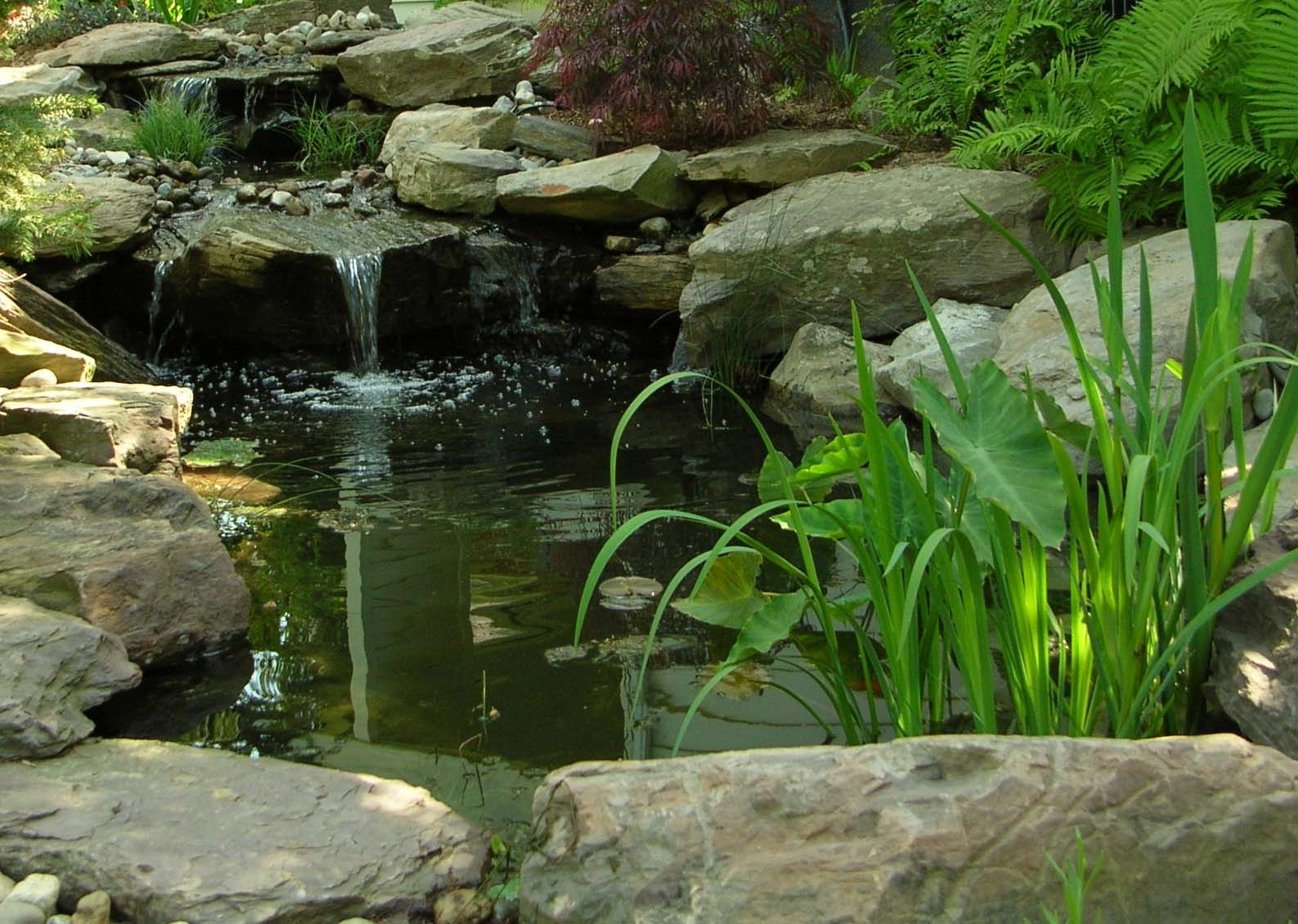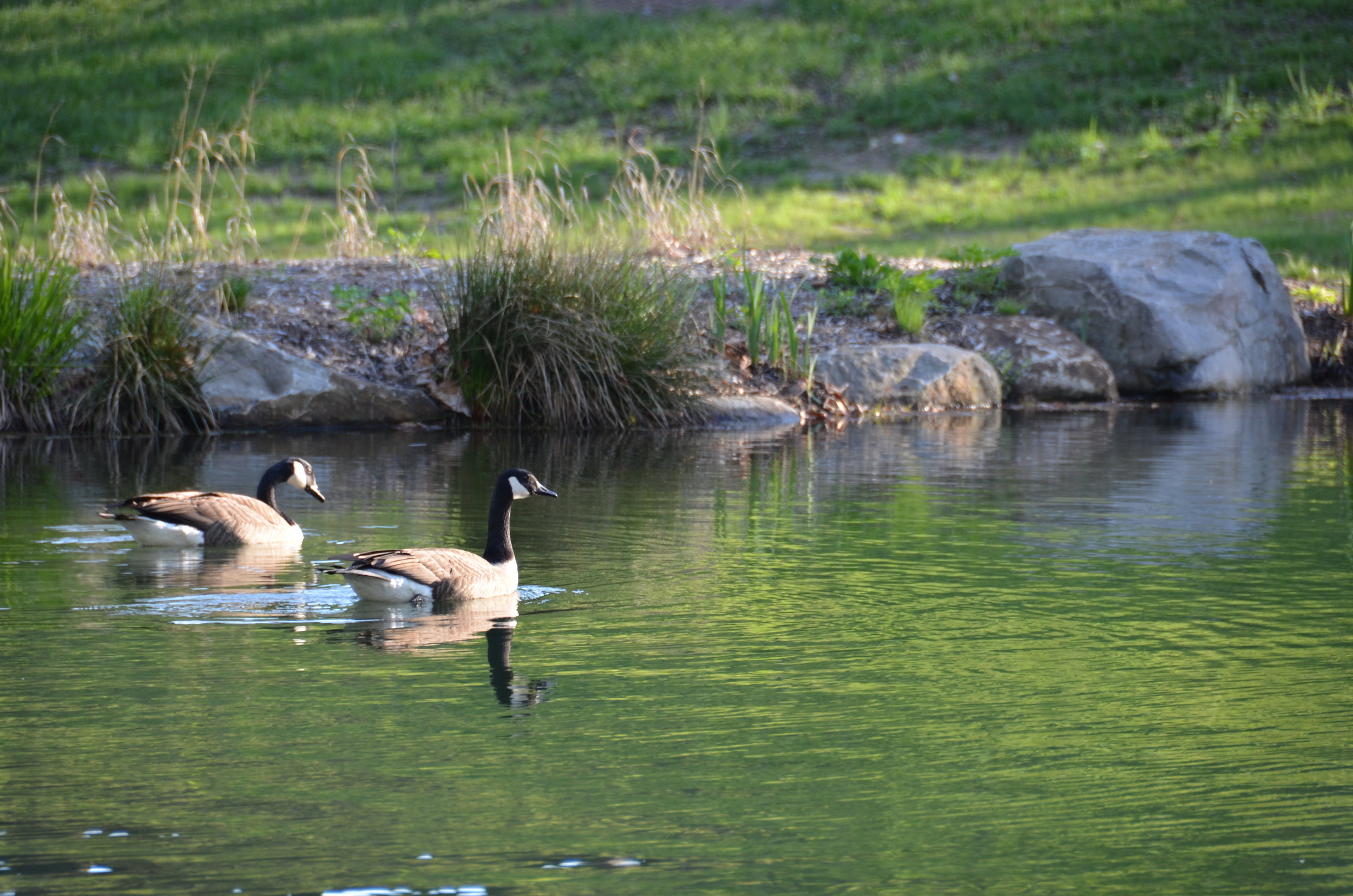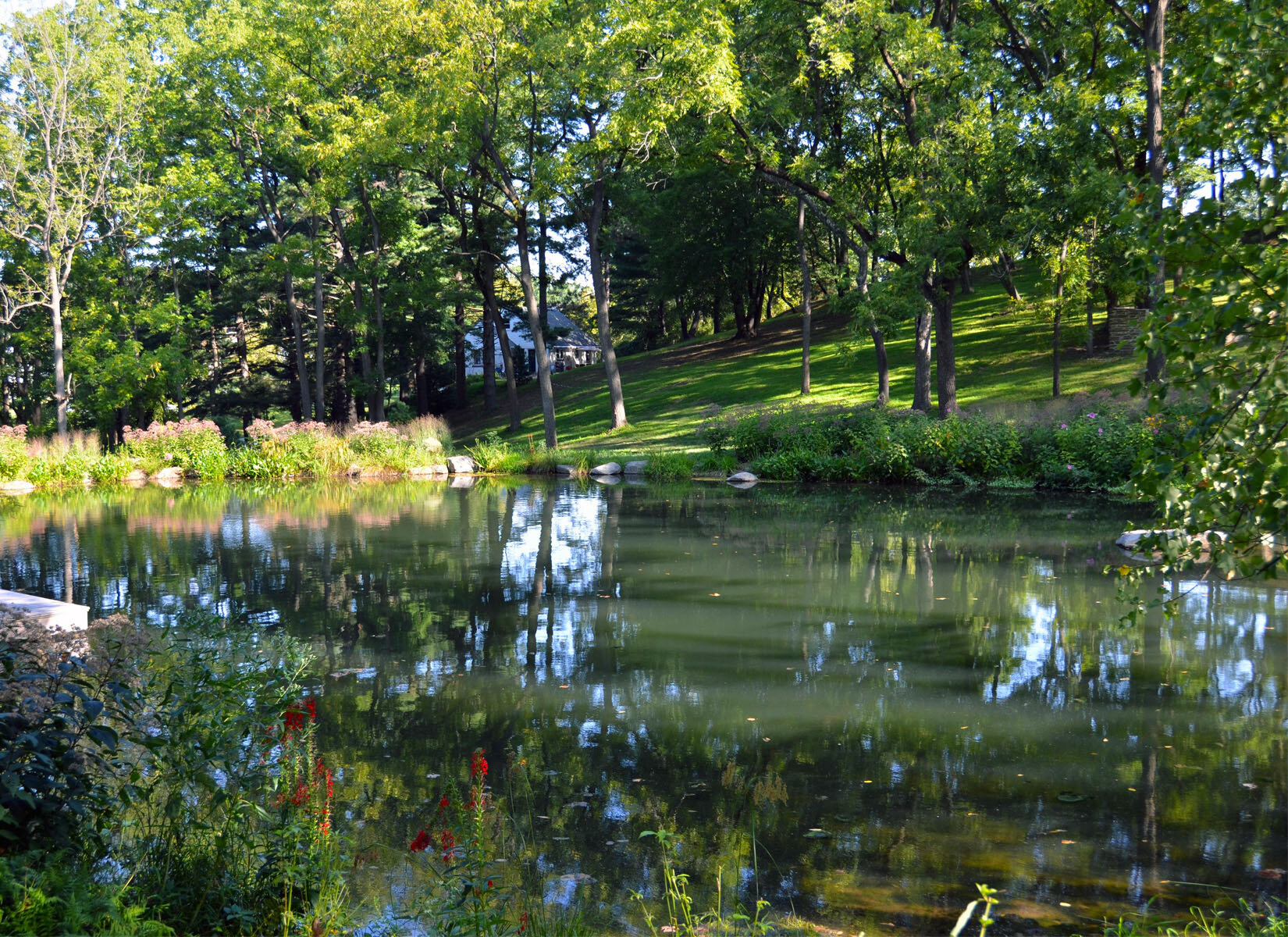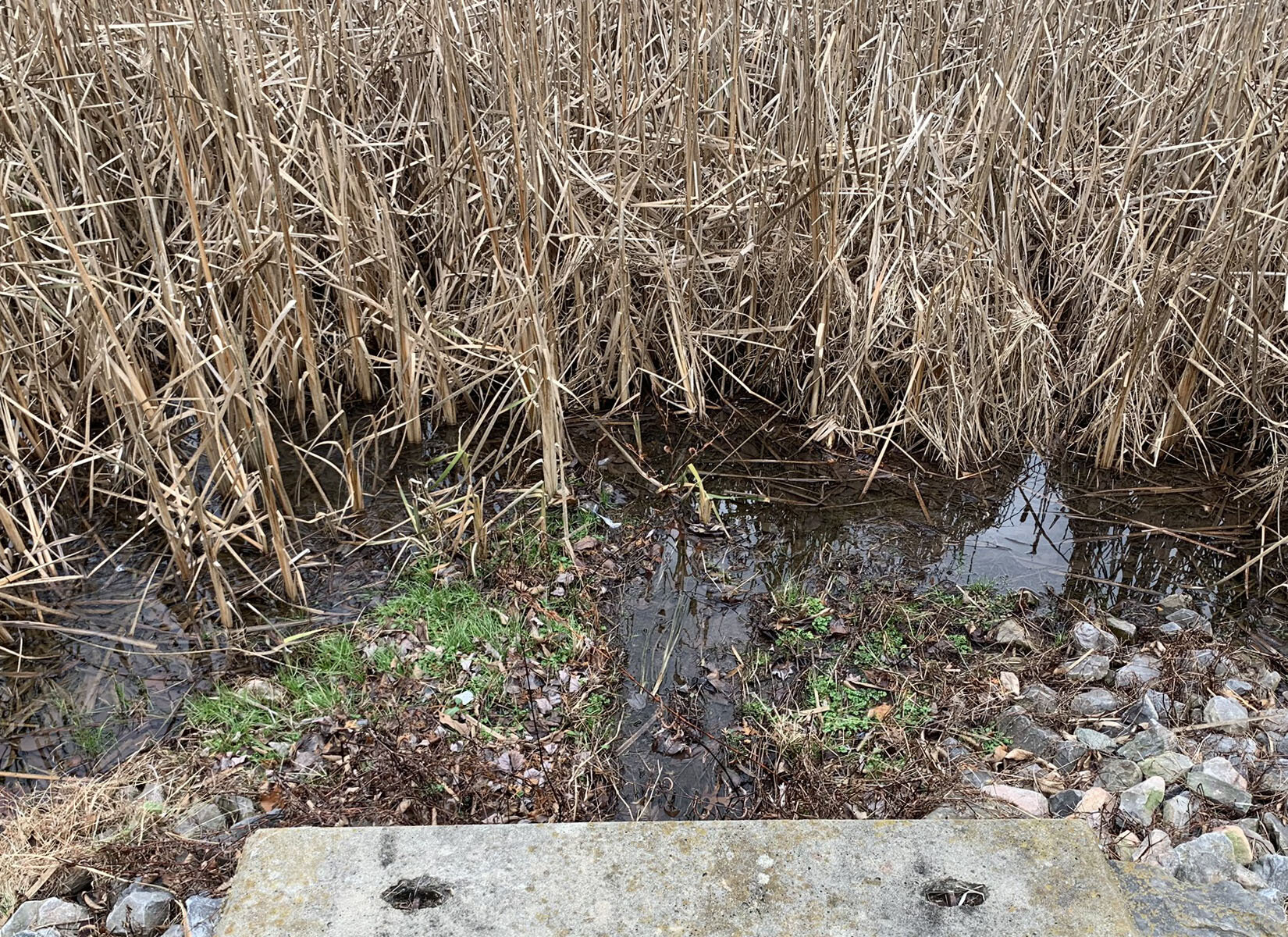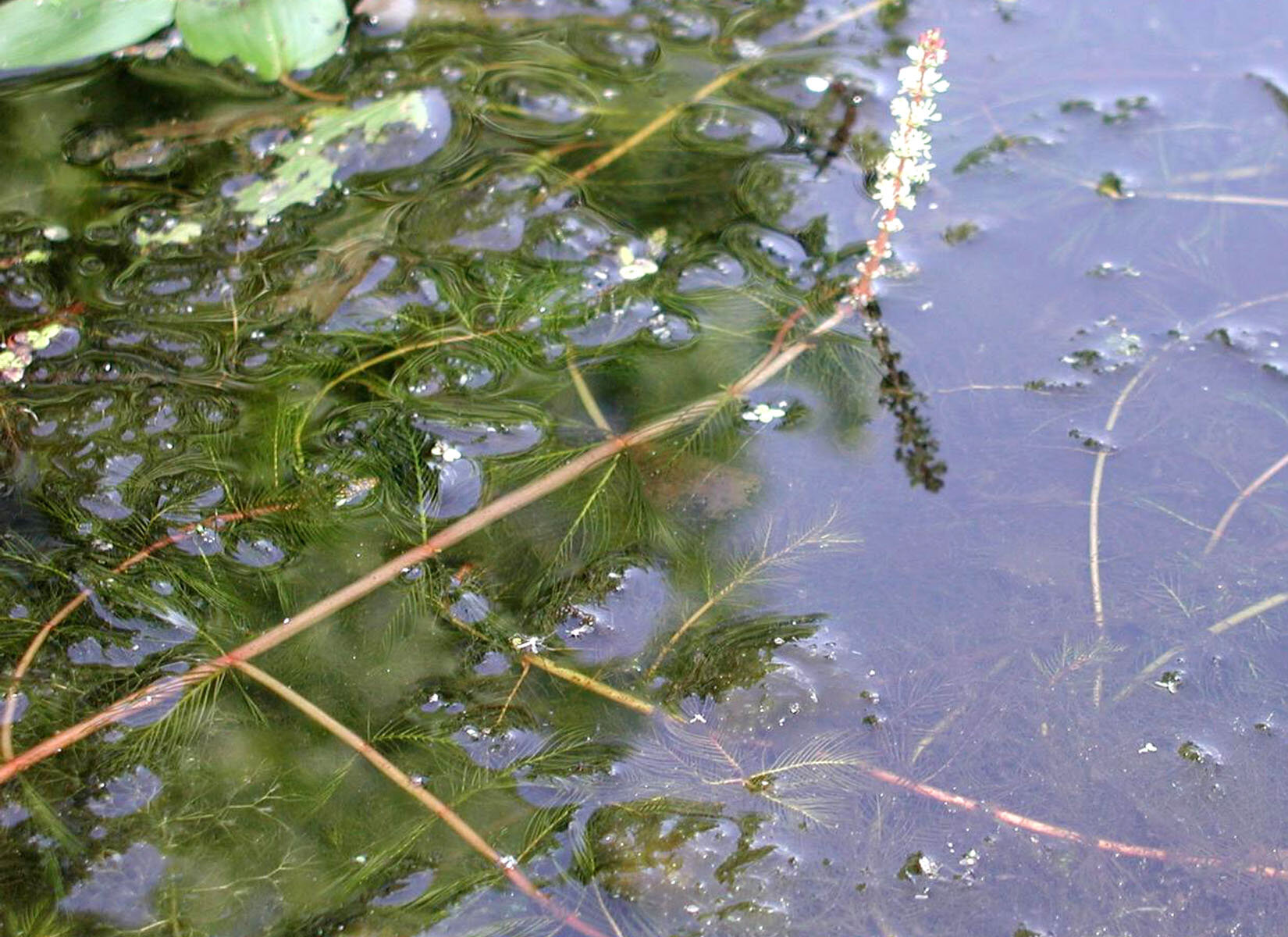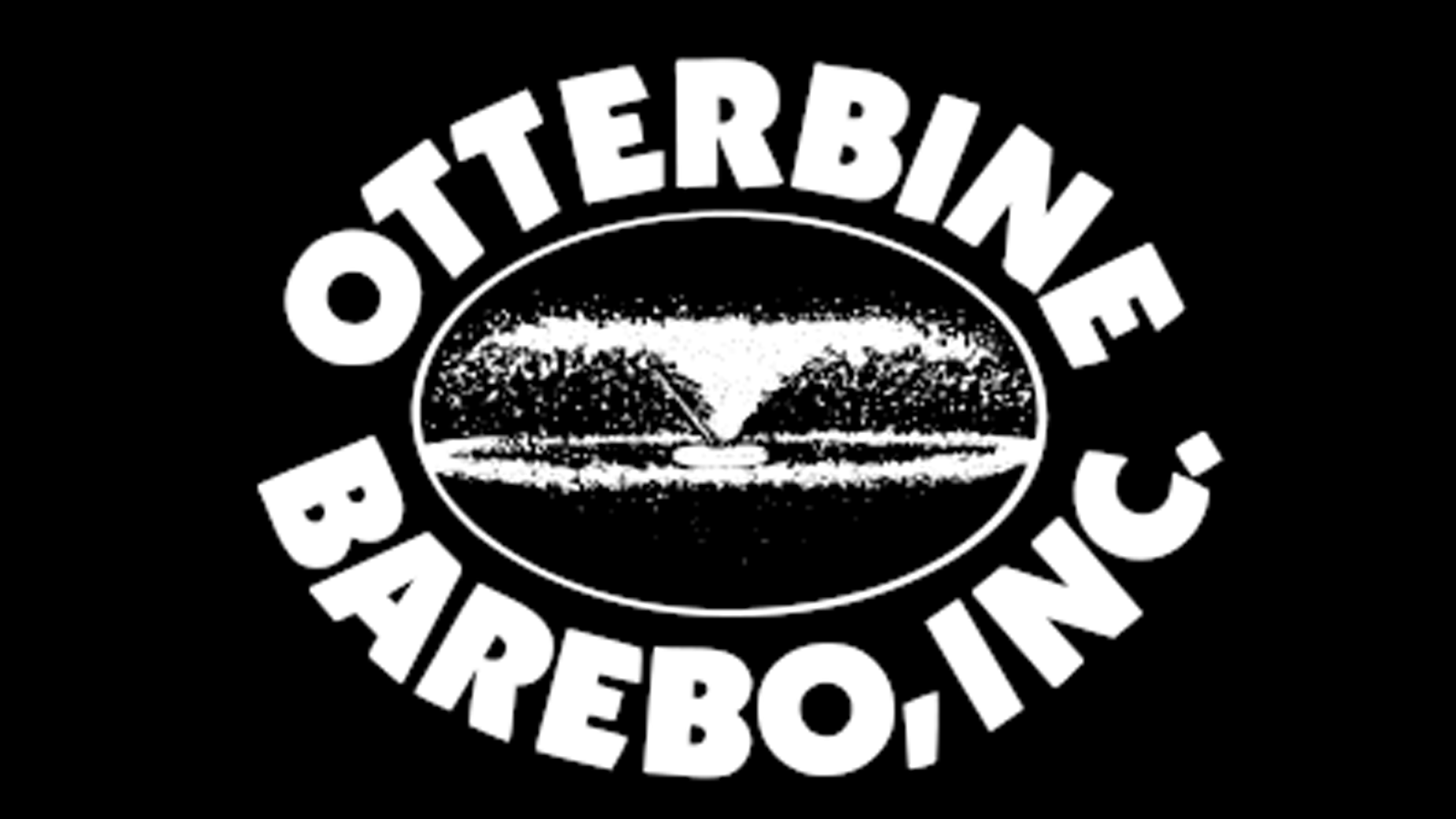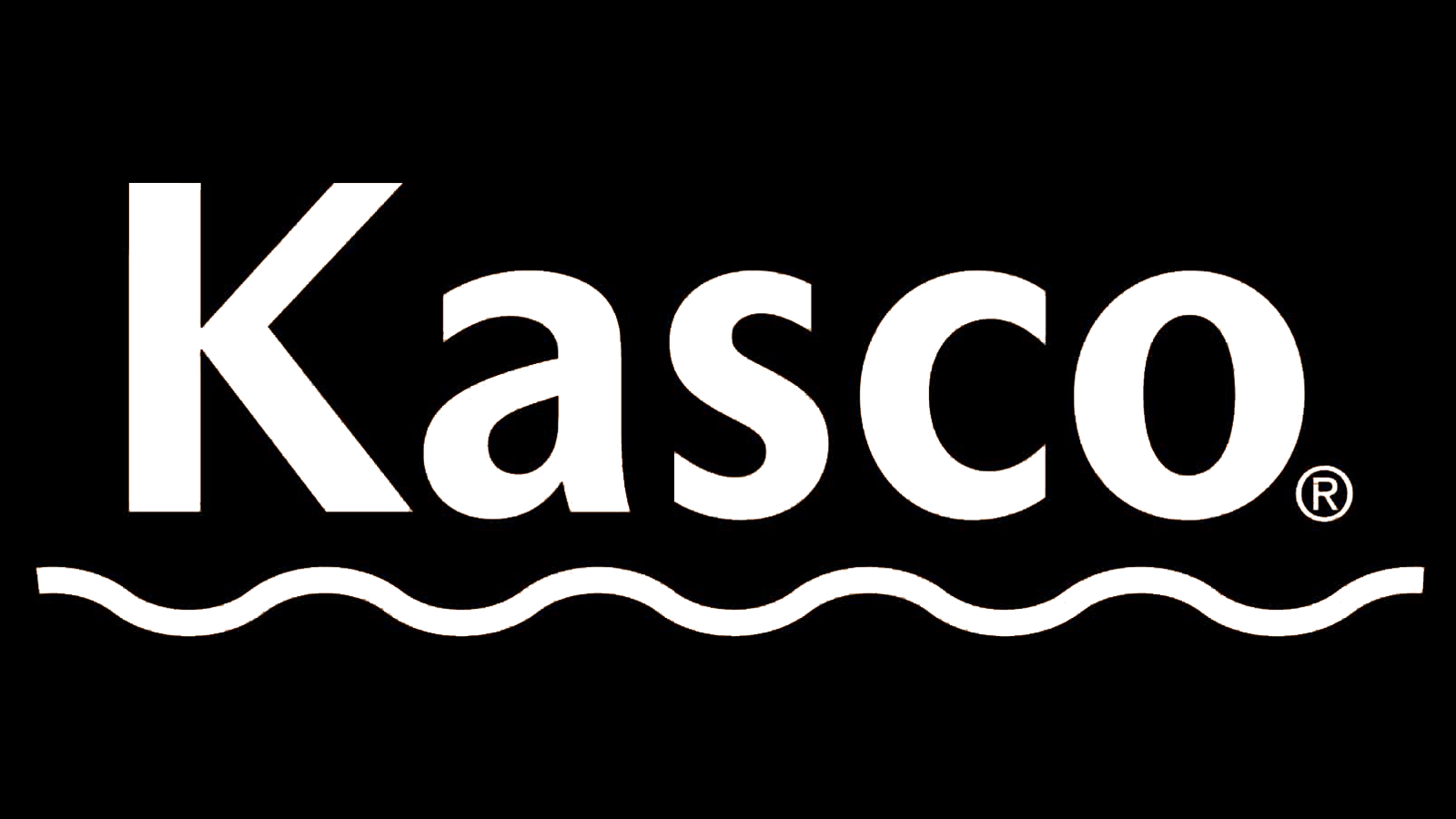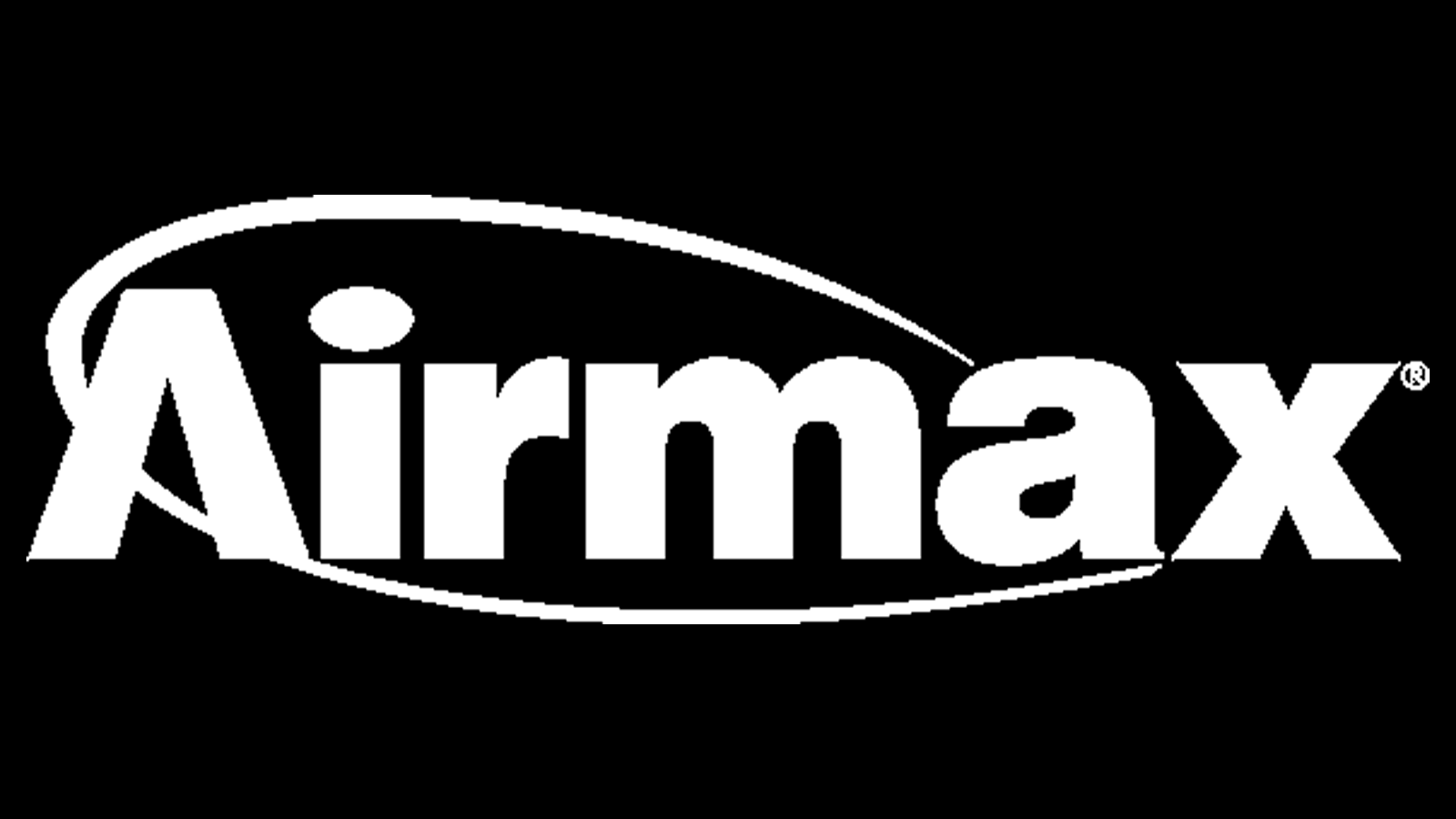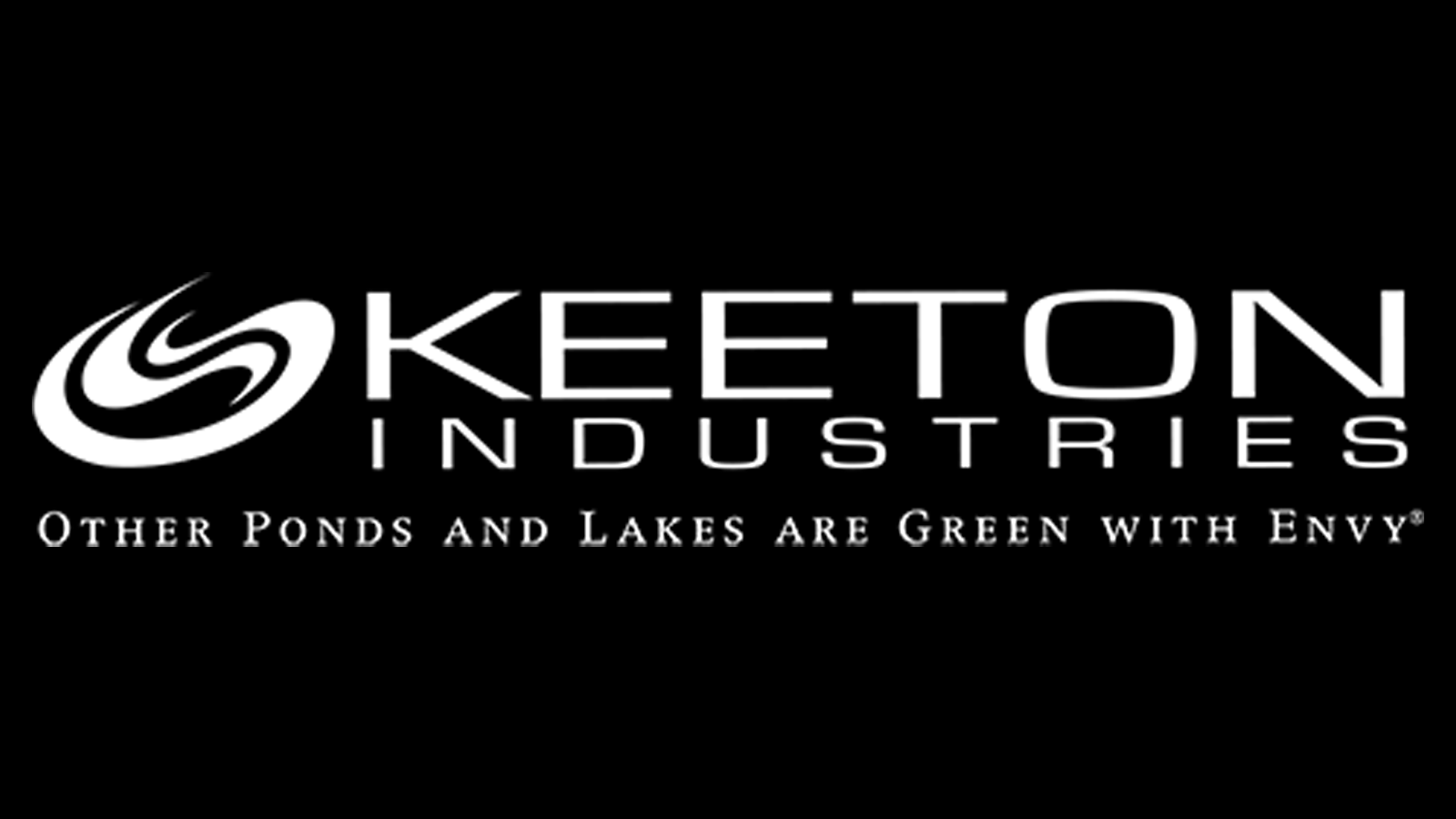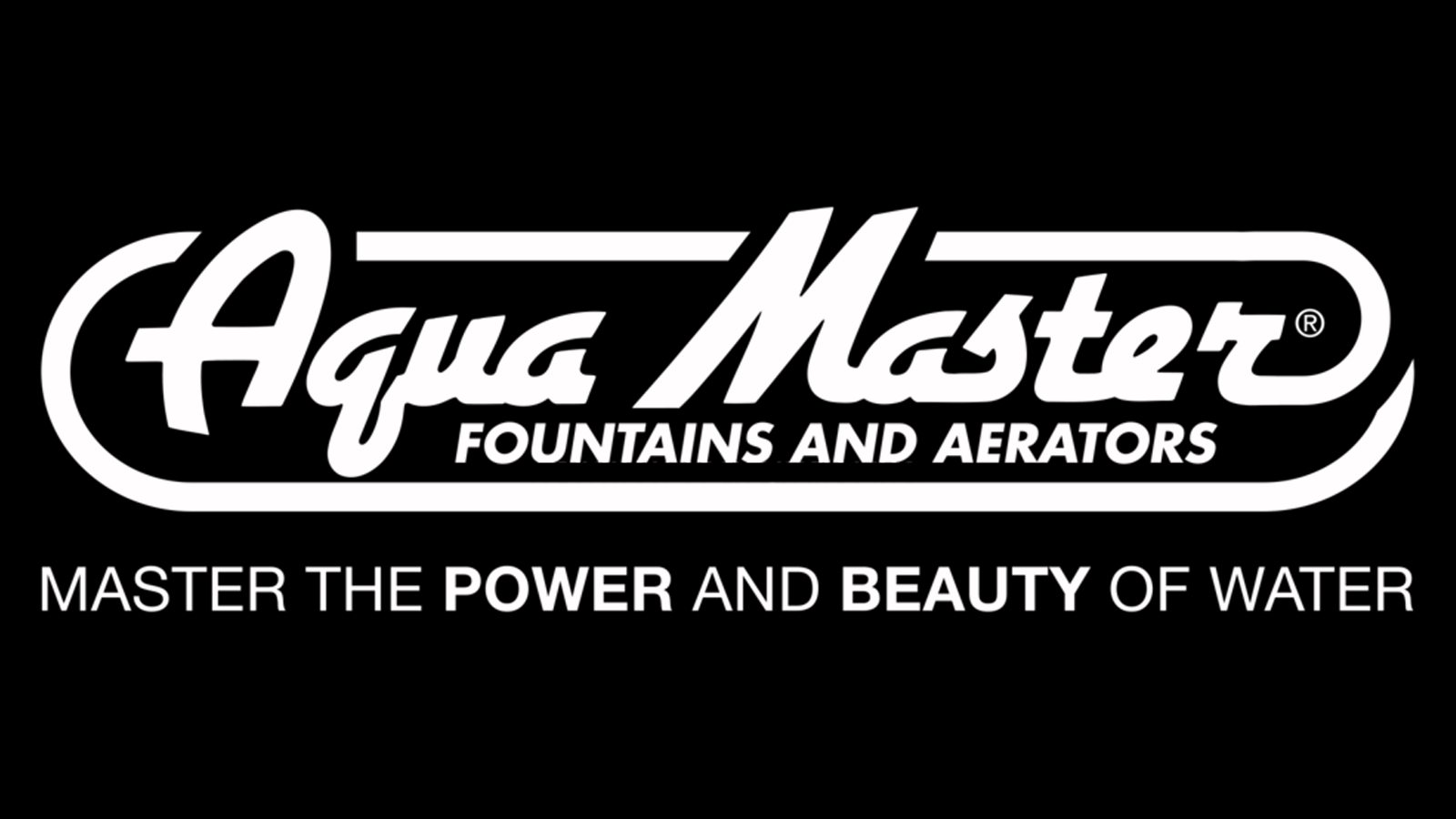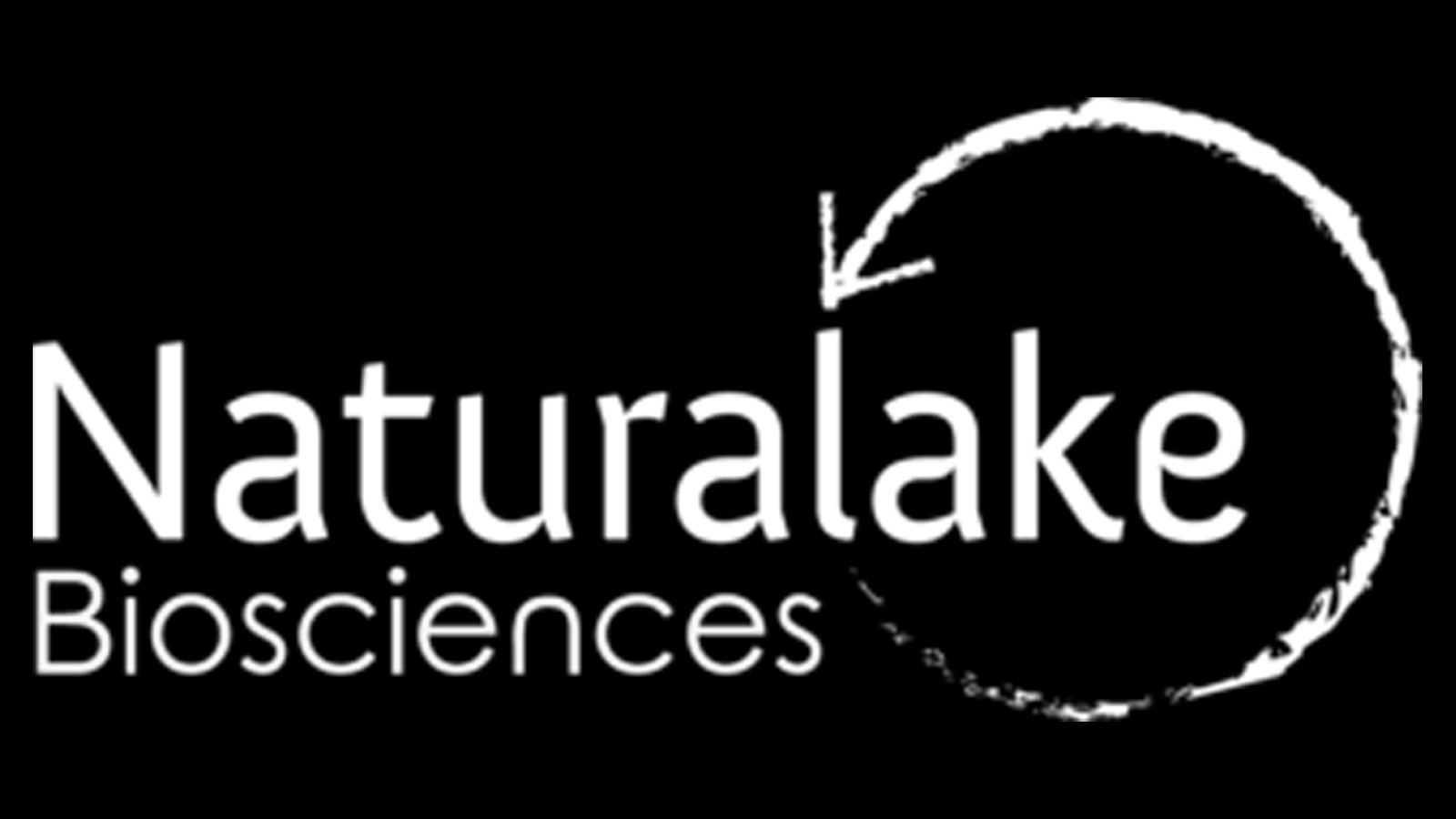POND AND LAKE MANAGEMENT
Owning or managing a large pond or small lake brings unique challenges that differ in scale and magnitude when compared to most residential water features. Large ponds and lakes function as more complex living ecosystems and require different methods, products, and experience to properly maintain their beauty and balance. Whether it’s a detention pond temporarily holding rain water, a retention pond that permanently holds stormwater, a home owner’s association ( HOA ) stormwater basin, a corporate park stormwater basin, or a farm pond, PondWorks is ready to assist in developing an Integrated Pond and Lake Management solution that meets each client’s needs.
Determining and focusing on the pond’s intended use will play a key role in determining the best Pond and Lake Management plan. Some of the most common issues with large ponds and lakes in our area are excessive algae and aquatic plant overgrowth. We feel that managing the root cause of the problem, versus only treating the symptoms, is the best management method in controlling excessive nutrients loads that enter ponds and lakes. Even when management steps have been taken to reduce nutrient loads, a pond or lake’s ecosystem may become imbalanced due to weather or other environmental changes which can lead to excessive algae and aquatic plant growth.
Pond & Lake Management
An Integrated Pond and Lake Management Plan
Nutrient Control
If excessive nutrients (nitrogen and phosphorus) can be limited or removed, then excessive algae and plant growth can be prevented or reduced. Nutrient reduction may not present immediate results and may take sequential, consistent methods over time to achieve a long-term reduction of algae and plant growth. Controlling nutrients is important for balancing pond ecosystems. Nutrient control methods may include: riparian buffer strips, sedimentation ponds, limiting fertilizer, and manure applications, and limiting nutrient sources.
Biological Control
Organic matter (leaves, branches, fish waste, plant matter, surface runoff, etc.) will accumulate on the bottom of the pond over time and contribute to poor water quality and imbalanced nutrient buildup. Routine monthly or seasonal additions of pond and lake probiotics and biocatalysts will add beneficial bacteria and stimulants to the water as well as enzymes, cultures, and micro nutrients which will aid in keeping a balanced aquatic ecosystem. These microbial and enzyme rich products will aid in reducing organic matter and improving water quality. Biological control methods may include: grass carp, barley straw, beneficial bacteria, and probiotic additives.
Physical Control
Mechanical control of nuisance algae and plant growth is another management approach. This may include pulling, cutting, and harvesting the nuisance vegetation and physically removing it from the pond. Removing the plants also removes the nutrients stored in the plants. Physical control methods may include: harvesting, aeration, water draw down, and dredging.
Chemical Control
Aquatic herbicides can be an effective solution for dealing with nuisance algae and aquatic plant growth and can have quick results. However, the nutrient load is not controlled for the long term and herbicide treatments can become costly and ineffective over time. Chemical control methods may include: systemic and contact herbicide / algicide treatments.
An integrated Pest Management plan is a key element in providing a foundation for the complex ecosystem that is a large pond or small lake. Each water body is unique and poses it’s own environmental conditions, sun and wind exposures, as well as flora and fauna, and nutrient loads. The following are key elements that PondWorks focuses our services on in order to find an ecological balance tied to the water quality for each pond or lake that we manage.
Plant Control
Plants and weeds can compete for resources in the pond or lake ecosystem when things are not in balance. A non-native species can out perform native plants and prevent native plants from growing. Knowing what plants are beneficial, and which are doing harm, is essential in maintaining the ecological balance of a pond or lake management system.
Pond and Lake Management Plan
Identify and Address Your Nuisance Species
Identifying the types of plants or weeds in your pond or lake is the first step in dealing with the problem.
Four main classifications
Algae
Floating Plants
Emergent Plants
Submerged Plants
Algae (Planktonic, Attached Branch, and Filamentous)
Algae grows in the water column, can be rooted to the pond floor, or can float on the pond surface.
Planktonic and Filamentous algae
The term Algae consists of a complex and diverse group of organisms that are plant-like in that they generally use chlorophyll for photosynthesis but lack the traditional ‘body parts’ that we associate with plants. Algae organisms are ancient and present in nearly all water bodies. It’s natural to have algae in your pond or lake, and can be beneficial in aquatic ecosystems when there is a balance in the nutrient load and food chain.
We predominately deal with and treat for planktonic (free floating) algae and filamentous (string) algae issues in ponds and lakes. If your pond water looks like ‘pea soup’ then there is most likely planktonic algae present. If the edges of your pond have clumps or masses of slimy green ‘hair’ that covers the rocks, the shore, and floats on the surface, it is most likely filamentous algae. If the pond has a green / blue / brown oily film (looks like paint on the water) there may be a harmful algae bloom (HAB).
Algae can grow very quickly and create an algae bloom seemingly overnight when the conditions are ideal. In general, algae is not harmful to the pond, lake or it’s inhabitants, but it can be unsightly and have some negative impacts to the water quality. HABs (harmful algae blooms) consist of types of cyanobacteria, or blue-green algae, which can be harmful to both humans and wildlife.
Floating Plants (grow on and float on the water surface)
Floating Duckweed and Watermeal
in a partially drained retention basin
These plants have most of their leaves floating on the pond surface and prefer still water. Some floating plants get their nutrients from the water column while others have stems rooted to the pond bottom.
Examples of floating plants:
water lily, spatterdock, water shield, duck weed, water meal
Emergent Plants (rooted in water but grow above the water surface)
Common Cattails
These plants grow around the pond perimeter with their roots wet and their stems and leaves are above the water surface. These plants are tolerant of fluctuating water levels and can provide excellent fish and wildlife habitat.
Examples of emergent plants:
cattail, arrowhead, bulrush
Submerged Plants (rooted on pond bottoms and growing towards the surface)
Eurasian Milfoil
These are the most diverse group with most of their growth fully underwater. Most grow in less than water 3 to 4 feet of water depth and rely on rhizomes or roots to continually spread growth. Some prefer sandy soils where others can grow in thicker layers of muck.
Examples of common native plants in Pennsylvania:
leafy pondweed, bladderwort, elodia
Examples of common non-native plants in Pennsylvania:
curly leaf pondweed, hydrilla, eurasian milfoil
Pond and Lake Management Plan
Key Elements in Control
Diffused Aeration and Aerating Fountains
Aerating Fountains
Floating fountains
By providing supplemental aeration to a pond or lake it increases the dissolved oxygen levels in the water which serves a number of beneficial roles for the water quality while providing a visual and audible element to the water body. Depending on the size and depth of your pond or lake, PondWorks will help to choose the right aeration system that meets your needs and budget, and may help your pond in the following ways:
Improve circulation of the water column preventing stratification
Improve water clarity
Introduce aerobic bacteria and reduce pond muck at the pond bottom
Reduce algae growth
Add aesthetic appeal with fountain patterns and LED lighting
PondWorks is proud to offer and service Floating Aerating Fountains and sub-surface Diffused Aeration products by these manufacturers:
Biological Augmentation
Biological Augmentation
Bioaugmentation of ponds and lakes is the act of adding beneficial bacteria, probiotics, enzymes, cultures, and micronutrients to the water in order to remove unwanted organic sludge and nutrients. When a pond or lake’s ecosystem becomes unbalanced it’s often necessary to help it re-balance. Bioaugmentation is one tool that PondWorks uses to assist with that.
This is not just adding chemicals to a pond or lake. Bioaugmentation is a careful and systematic application of specific natural probiotics and biocatalysts to address individual issues with water bodies. Each application is customized to the specific issue, water volume, and environmental conditions present.
PondWorks is proud to offer Biological Augmentation products by:
Algae and Aquatic Weed Control
Water Chestnut Treatment
Photo credit: PALMS
Why Do Algae and Aquatic Plants Grow?
Sunlight
Generally, the deeper the water, the less sunlight penetrates it. Most algae and aquatic plants will grow in water depths up to 4 feet deep.
Water
Sources of water to the pond or lake can greatly affect upon condition. Groundwater typically is naturally sheltered and cleaned as it flows through the various layers of soil and earth prior to entering a pond. Spring fed ponds commonly have less issues with bacteria, phosphorus, and algae. Runoff and stream water is closer to the surface and integrates more with the surrounding environment where nitrogen transfers to the water and is carried into the pond.
Nutrients
Eutrophication is the process in which a pond accumulates nutrients from the surrounding watershed (area draining into the water body) which can lead to nuisance levels of algae and aquatic plant growth. Eutrophication can occur from:
Over land surface runoff water carrying fertilizer or manure
Wildlife and fish waste
Overfeeding fish by humans
Introduction of nutrients from nearby septic systems
Urban stormwater runoff
Age of pond or lake
Transportation
Algae and plant seeds can naturally arrive at any pond via wind or by wildlife traveling from pond to pond. Some plants like duckweed and water meal can be transported on the feet of geese and ducks, and many other plants can grow from just a fragment being introduced to a new ecosystem.
Controlling as many of these factors as is practical helps manage nuisance algae and aquatic plants.
Aquatic Weed Treatment
Undesirable or nuisance aquatic plants that are collectively called pond and lake weeds constitute a large and subjective group of plants. These plants all have a natural habitat where they are part of a food chain and can find a balance in their ecosystem. Unfortunately, many of these plants are non-native to our region and can take over a pond where they are not part of a food chain. They can use up nutrients in the water, reduce the water quality, diminish the aesthetics of a pond or lake, and can over crowd native plants that are beneficial to the pond’s ecosystem.
These plants that we now call aquatic weeds came from around the world in recent decades and centuries through a combination of commerce, industry, animals, and water fowl. When ornamental ponds and lakes were constructed, people unwittingly introduced a number of these plants into the region and nature took over from there. While they may have some ecological or aesthetic benefits, they can affect a pond or lake negatively by impacting boating, swimming, and fishing.
PondWorks is certified with the Pennsylvania Department of Agriculture as a Commercial / Public Pesticide business and has Technicians trained in diagnosing and treating Aquatic Weed Treatments.
Aquatic Pesticide treatment and applications for residential and commercial properties is only one aspect of addressing an imbalanced aquatic ecosystem, as we’ve described above. Pesticides can biochemically deal with difficult aquatic plant and algae issues and should be used as part of an integrated pond and lake management system developed by a professional applicator.
Please feel free to contact PondWorks to discuss any pond and lake water quality issues you have 610.327.1423.
To speak with our maintenance staff or to schedule a service, please send us an email at:
maintenance@pondworksonline.com
or call us at:
KEY MAINTENANCE SERVICES:
- Spring Opening / Cleaning
- Monthly / Weekly Service Calls
- Fall Winterization / System Shutdown
- Aquatic Plant Care
- Fish Care
- Pond / Lake Management
- Aeration and Fountains
- Algae Control
- Biological Augmentation
- Aquatic Weed / Pesticide Treatment
- Equipment and System Repair / Service
- Wetland Mitigation
- Stormwater Detention / Retention Basin Maintenance
Please feel free to call us at:
610.327.1423 or email us at: maintenance@pondworksonline.com to schedule a cleaning, maintenance or if you have any questions!
PondWorks is a proud member of these professional associations:
PondWorks aims to provide our customers and clients consistent, professional services derived from years of experience as well our developing understanding of the industry as a whole. PondWorks strives to keep ourselves aware of the current science and thinking behind Pond and Lake Management techniques and products by participating in continuing education classes and certifications, attending professional seminars, and taking part in online classes presented by industry experts.
Some credit and thanks goes to PennState Extension, NALMS, and PALMS for information, seminars, certifications, and imagery.

